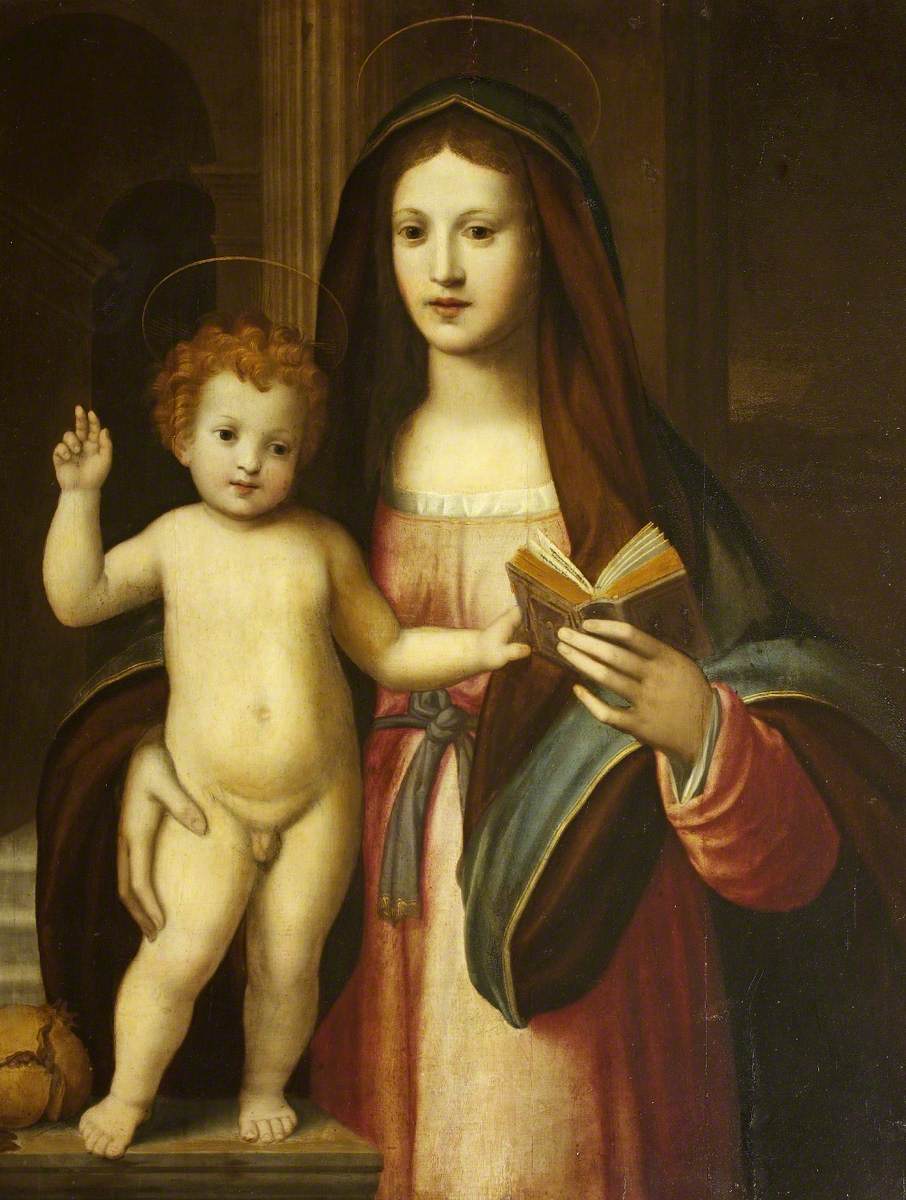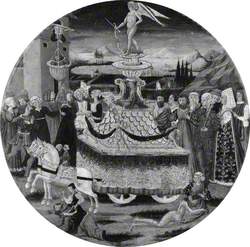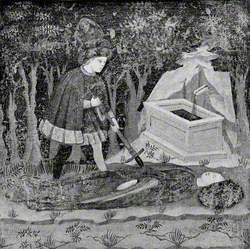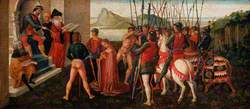How you can use this image
This image can be used for non-commercial research or private study purposes, and other UK exceptions to copyright permitted to users based in the United Kingdom under the Copyright, Designs and Patents Act 1988, as amended and revised. Any other type of use will need to be cleared with the rights holder(s).
Review the copyright credit lines that are located underneath the image, as these indicate who manages the copyright (©) within the artwork, and the photographic rights within the image.
The collection that owns the artwork may have more information on their own website about permitted uses and image licensing options.
Review our guidance pages which explain how you can reuse images, how to credit an image and how to find images in the public domain or with a Creative Commons licence available.
Notes
Add or edit a note on this artwork that only you can see. You can find notes again by going to the ‘Notes’ section of your account.
Here the Virgin and Child stand in a classical building, or temple, and she holds a book, possibly alluding to the Roman Missal (1472) which contained the feast day of her presentation to the temple. The large split pomegranate on the plinth, with its hard case and a multitude of blood-red seeds, refers to Christ's passion and resurrection and unity of faith. Its presence became popular in fifteenth-century Florentine painting. Its symbolism of immortality or regeneration is related to the mythological story of Proserpine, daughter of the corn-goddess Ceres, who was abducted to the Underworld by Pluto. However, after she had eaten some pomegranate seeds, he allowed her to return to earth for part of the year; this was in the spring, so plants blossomed.
Title
Madonna and Child with a Pomegranate
Date
c.1525
Medium
oil on panel
Measurements
H 102 x W 83 cm
Accession number
732113
Acquisition method
gift from Sir Henry Hugh Arthur Hoare along with the estate, house and its contents, 1946
Work type
Painting








